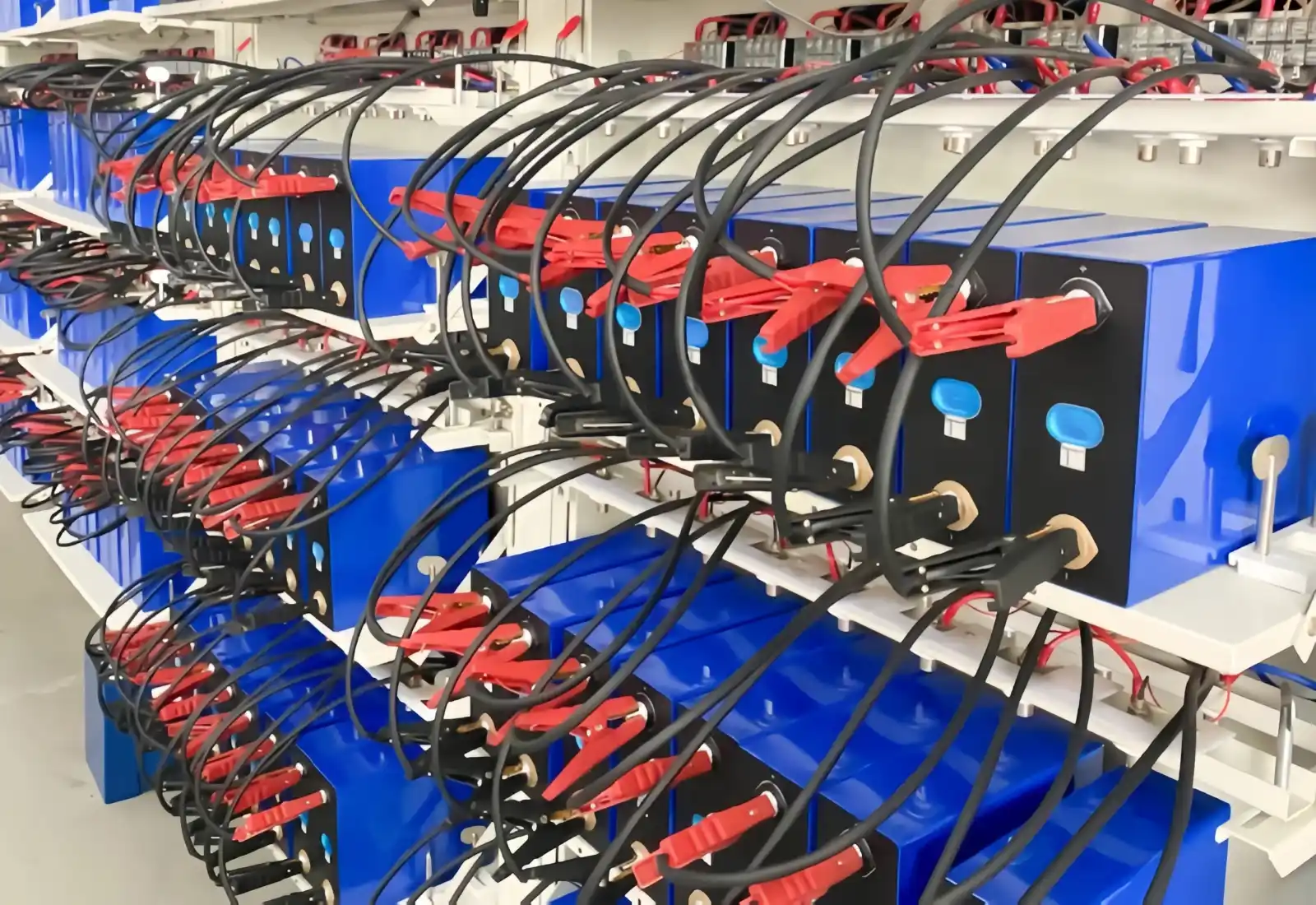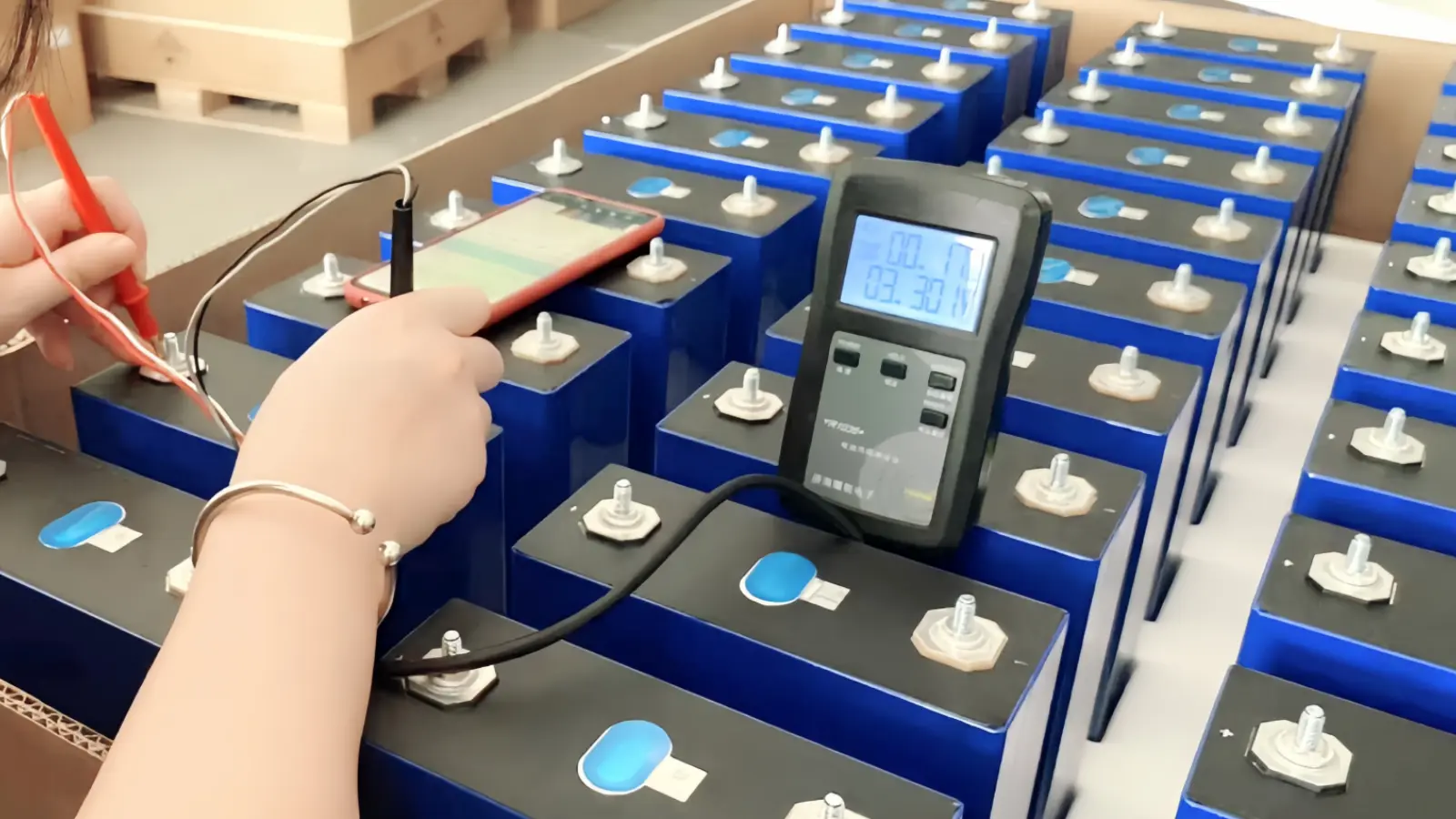The Ultimate Guide to Testing 340ah Lithium Iron Phosphate (LiFePO4) Cell
2025-02-05
HEXI
Lithium iron phosphate (LiFePO4) batteries are known for their superior energy density, impressive cycle life, and enhanced safety features. Of course, as with any product, there are certain quality standards that need to be met to ensure their quality. If you have recently purchased a new batch of these batteries, it is essential to test their performance and identify any potential defects before using them in your project. This comprehensive guide will provide you with a step-by-step process for testing LiFePO4 batteries and highlight the basic tools needed to effectively perform these checks.
Essential Tools for Testing LiFePO4 Batteries
To perform these tests effectively and safely, you need a reliable set of tools. Here are the tools you should prepare:
Multimeter: Measures voltage to confirm the health of the battery.
Battery Capacity Tester: Determines the energy storage and output capabilities of the battery.
Pro Tip: Investing in quality tools ensures accurate readings and reduces the risk of errors during testing.
Working with batteries requires strict adherence to safety guidelines. Here are some tips:
Always work in a well-ventilated area.
Handle batteries carefully to prevent short circuits or damage.
Catch any shipping or manufacturing defects early.
Ensure compatibility with your project requirements.
Example:now we test the Gotion-340ah cell
Visual inspection:
After confirming the voltage and capacity, a thorough physical inspection is required to identify visible defects. A damaged battery may pose a safety risk or compromise the battery's performance.
Things to look out for:
Cracks, bulges, or deformations in the casing.
Evidence of leakage or corrosion around the terminals.
Discoloration or any abnormal markings that differ from the standard appearance.
Voltage measurement:
The correct voltage (between 2.5V-3.65V, but it is generally recommended that the voltage of a single cell does not exceed 3.6V during transportation) level indicates that the battery was shipped and stored in optimal conditions
Tools required:
Multimeter, a must-have tool for measuring voltage, current, and resistance.
Procedure:
Make sure the battery is disconnected from any circuit.
Set the multimeter to DC voltage mode.
Connect the multimeter leads: the red (positive) lead to the positive terminal of the battery and the black (negative) lead to the negative terminal of the battery.
Observe the reading on the multimeter display.
Tip: The voltage should be consistent with the range specified by the manufacturer. If the reading is outside this range, it may indicate a problem with the battery.
Capacity Test:
Testing the capacity of a LiFePO4 battery is essential to assessing its energy storage potential and performance. This step ensures that the battery can meet the power needs of your project.
Tools Required:
Battery Capacity Tester, a device designed to discharge a battery at a controlled rate and measure its total energy output.

Before you begin testing, fully charge the battery.
Connect the battery to the battery capacity tester as directed by the device.
Start the test to discharge the battery at a set current load. The tester will calculate the total energy output (usually in amp-hours or watt-hours).
Tip: Compare the measured capacity to the specifications provided by the manufacturer. Deviations may indicate battery aging or substandard manufacturing processes.
If you discover any of these problems, please contact the supplier or manufacturer immediately for support or replacement

